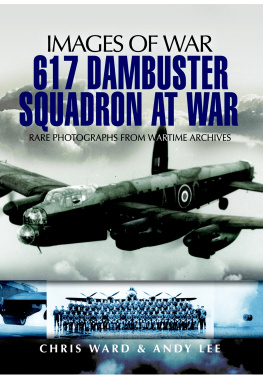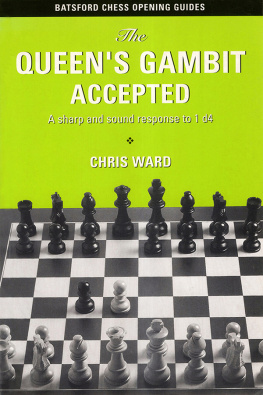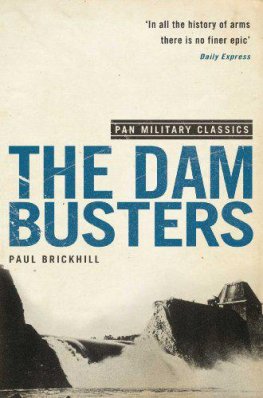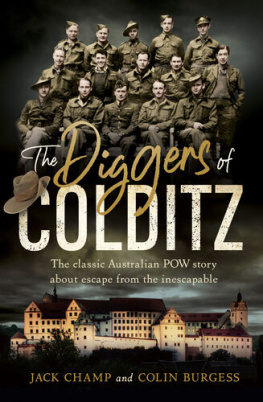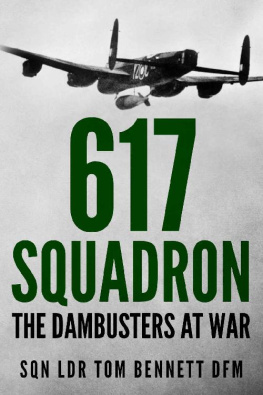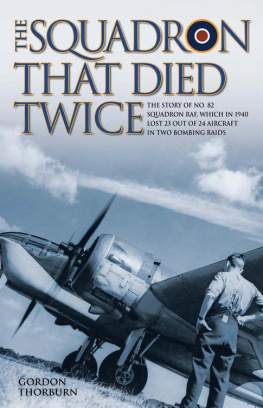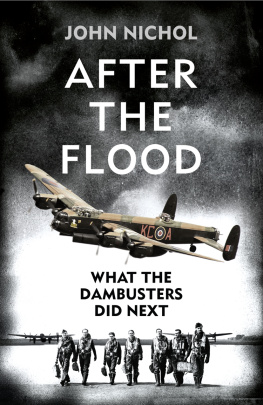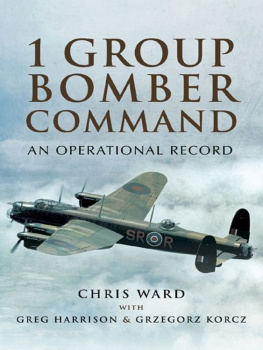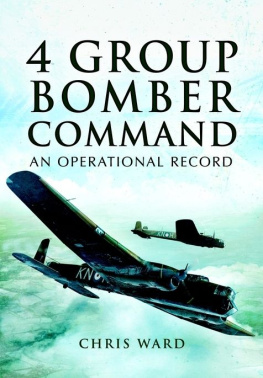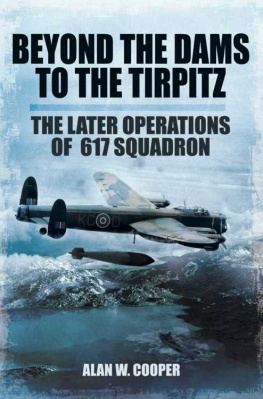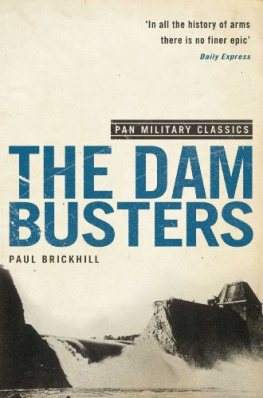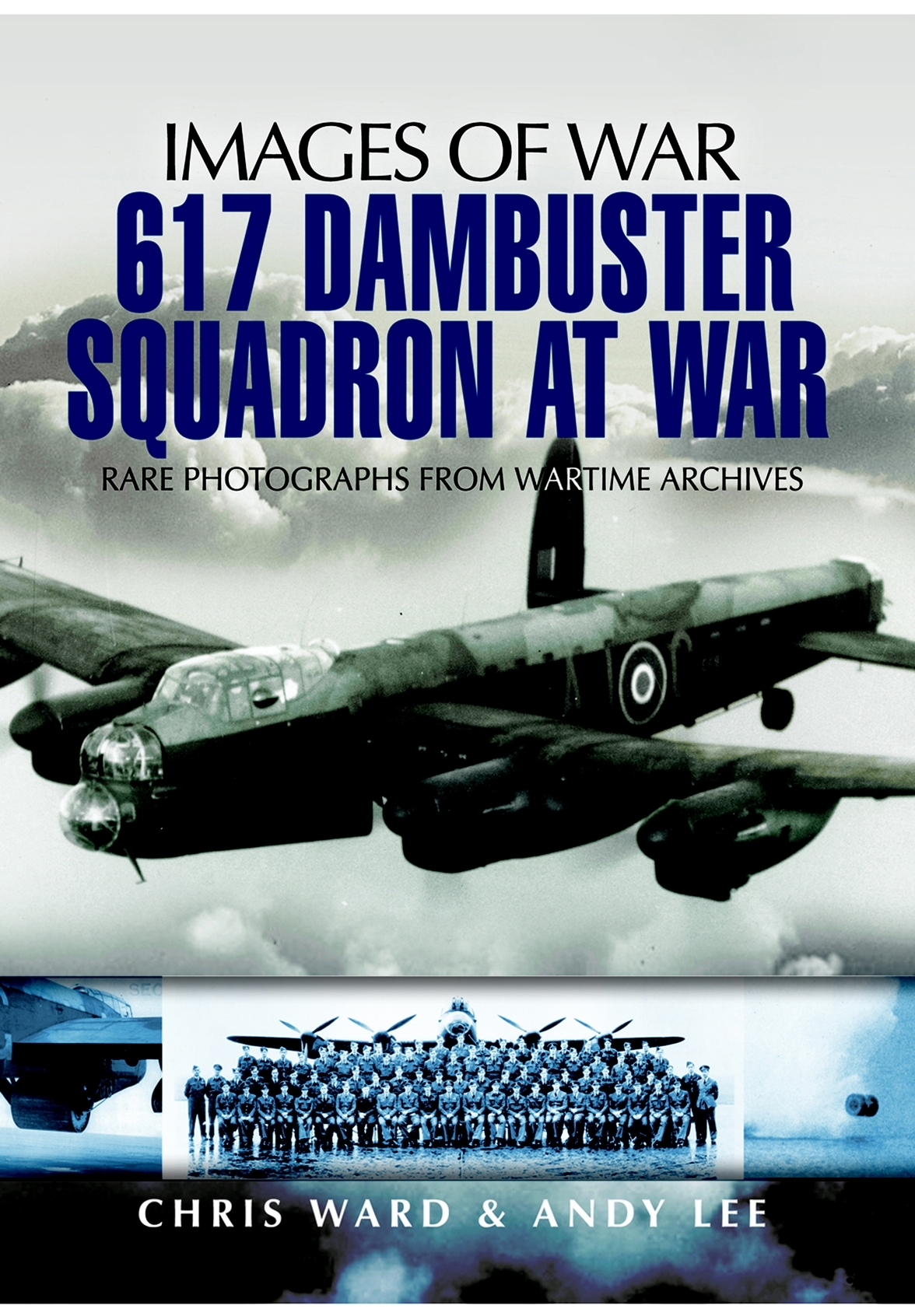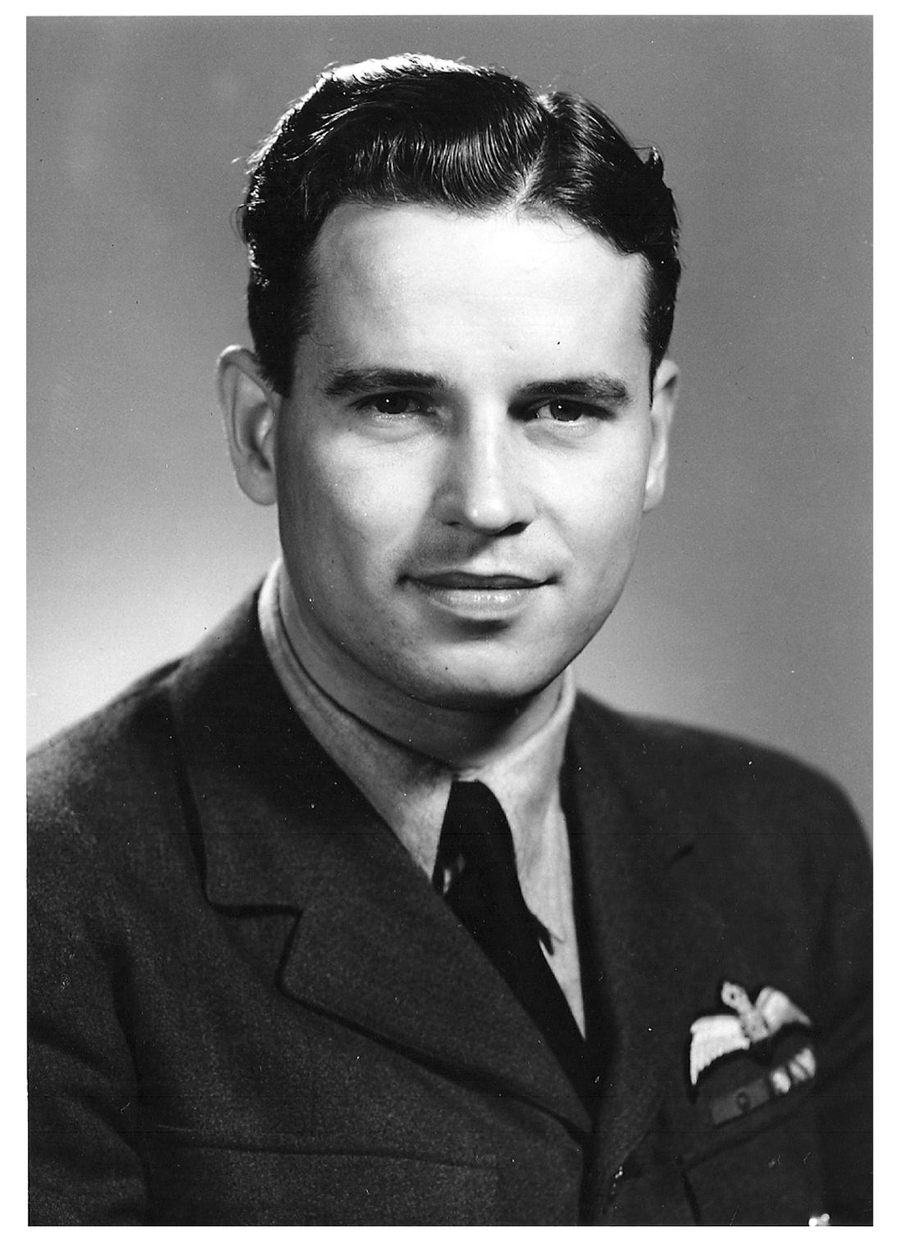
Guy Penrose Gibson was born in India on the 12th of August 1918. His father was a member of the Indian Forestry Service, resident in Simla, the summer administrative centre. The young Gibson was sent home to England in 1924 to begin his education, which would progress over the ensuing years in an adequate but undistinguished manner. In November 1936 he began initial training as a Royal Air Force pilot, and passed out with an average assessment before joining 83 Squadron, a bomber unit, at Turnhouse in September 1937. When war came two years later, Gibson was a Pilot Officer. He carried out his first operational sortie on the day war broke out, but had to wait until the fall of the Low Countries before his war service gained momentum. He eventually departed 83 Squadron in September 1940 after 39 operations. Volunteering for a tour on night fighters to remain on active service, he joined 29 Squadron, flying 99 sorties during the next 12 months during which time he destroyed 3 enemy aircraft. At the end of June 1941, during this period of service, he was promoted to the rank of Squadron Leader. His wish to return to bomber operations was granted in March 1942, when he was given command of 5 Groups 106 Squadron.
This posed photograph of Gibson was taken on the 22nd of July 1943, two months after Operation Chastise , and less than two weeks before his departure from 617 Squadron to join Churchills party on a tour of America.The picture is one of a series of images of him and his crew. What looks like an idyllic meadow is in fact the main airfield just across the perimeter track from the 617 Squadron hangar. After a highly successful twelve months in command of 106 Squadron, during which he carried out 28 operations, (ORB) or 29 (logbook), Gibson was specifically chosen by ACM Harris, C-inC Bomber Command, to form the new Squadron to attack Germanys dams. He took up his appointment at Scampton in March 1943, returning to the station where his war had begun with 83 Squadron. He was just 24 years of age when given the enormous responsibility of building a squadron to carry such high expectations. Contrary to the perpetuated myth, Gibson did not hand pick every member of aircrew, or even the pilots. He was, though, able to select some with whom he had served during his 106 Squadron days, and others whom he knew within the Group. Following the successful, if expensive foray against the Mhne, Eder and Sorpe Dams, Gibson was awarded the Victoria Cross to add to the DSO and Bar and DFC and Bar gained earlier in his distinguished operational career.
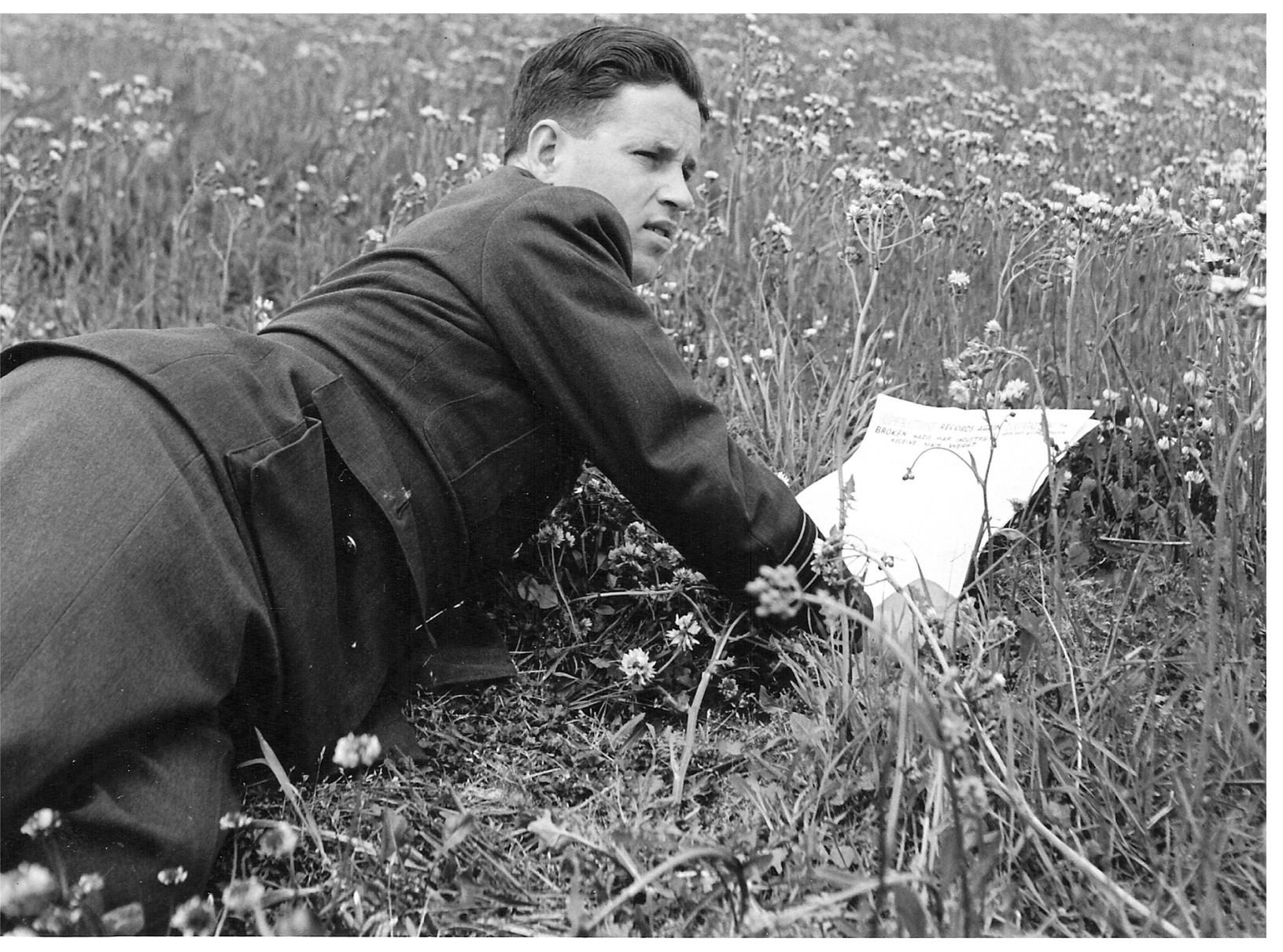
Gibson is pictured here meeting Sir Archibald Sinclair, Secretary of State for Air, at 54 Base Coningsby on the 3rd of September 1944, just two weeks before his untimely death. Also present is Air Commodore Bobby Sharpe, the base commander. During the spring of 1944, 5 Group became largely autonomous through the introduction of its own target marking force. The heavy element of this, comprising 83 and 97 Squadrons, was based at Coningsby. At the time Gibson was Senior Air Staff Officer (SASO) on this station that was home to 5 Groups Master Bomber fraternity. They were a collection of the most experienced bomber pilots in 5 Group, who were given the responsibility of controlling operations from the air in the manner pioneered by Gibson during Operation Chastise . Gibson was by now a frustrated man, desperate to get back into the war before it finished, and he had managed to wangle a number of unofficial sorties flying as an additional bod with crews from East Kirkby. He had also enjoyed a trip in a Mosquito, the aircraft of choice for 5 Groups Master Bombers, as well as a Lockheed Lightning, a type being evaluated as a possible alternative. When offered the opportunity to act as Master Bomber on an operation to the twin towns of Mnchengladbach and Rheydt on the night of the 19/20th September, he grabbed it with both hands. Despite some difficulties with a complex target marking plan, the operation was concluded successfully, and Gibson was heard to direct the crews to head for home. On the way back his Mosquito came down on the edge of the town of Steenbergen in southern Holland, and he and his navigator, S/L Jim Warwick were killed. The most likely cause of the crash was fuel starvation through the crew members lack of familiarity with the Mosquito and its fuel transfer procedures.

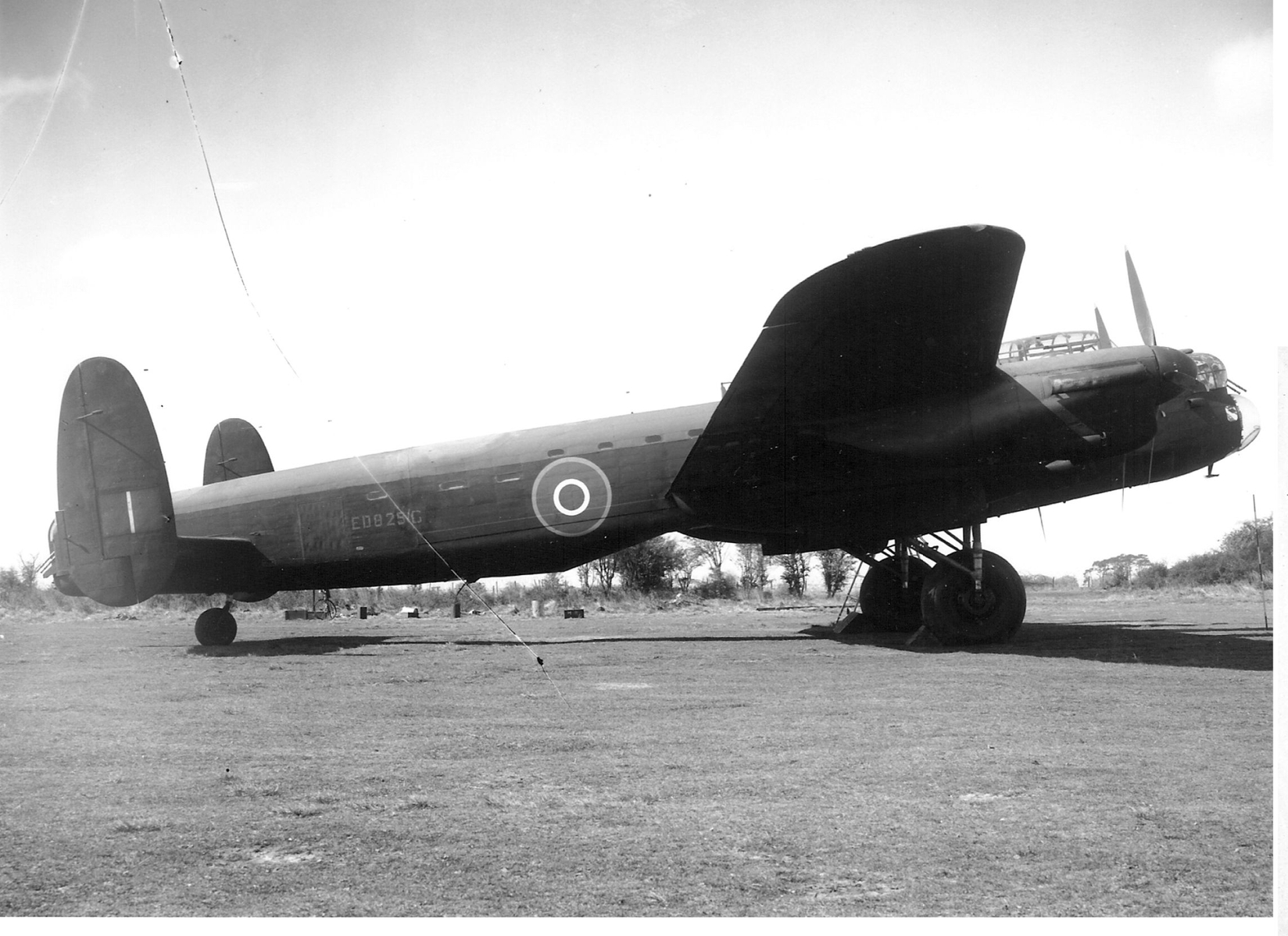
A Lancaster modified to Type 464 Provisioning requirements for delivery of the Barnes Wallis designed Upkeep dambusting bomb. ED825/G was a trials aircraft pictured here at Boscombe Down. This aircraft was the only one of the modified batch to incorporate a ventral gun position.The gun barrel can be seen protruding beneath the fuselage between the roundel and serial number. Flown to Scampton on the afternoon of Sunday 16th May, the day on which Operation Chastise was launched, this aircraft was pressed into service as AJ-T and flown to the Sorpe Dam by F/L Joe McCarthy and crew after their ED915 sprang a glycol leak at start-up. There was insufficient time to install the spotlight altimeter system and VHF radio, but the method of attack at the Sorpe made this less critical. ED825 returned safely from Operation Chastise and remained with 617 Squadron until failing to return from an operation over France conducted on behalf of the Special Operations Executive (SOE) at Tempsford on the night of the 10/11th December 1943. F/O Weeden and crew lost their lives, and the wreckage of the Lancaster was finally uncovered during filming for a Channel 5 documentary in 2007.This featured Johnny Johnson, who was McCarthys bomb-aimer at the Sorpe, and used Chris Wards book, Dambusters, The Definitive History as its source.
Wing Commander Gibson and F/L Bob Hutchison, his wireless operator, are seen here preparing to board ED932 for Operation Chastise on the evening of Sunday 16th May 1943. Over his shirt sleeves Gibson is wearing his beloved Mae West, which he acquired from a shot-down German airman in 1940. Hutchison had previously served with Gibsons former command, 106 Squadron. He was prone to air sickness, but he never allowed the condition to interfere with his operational duties.
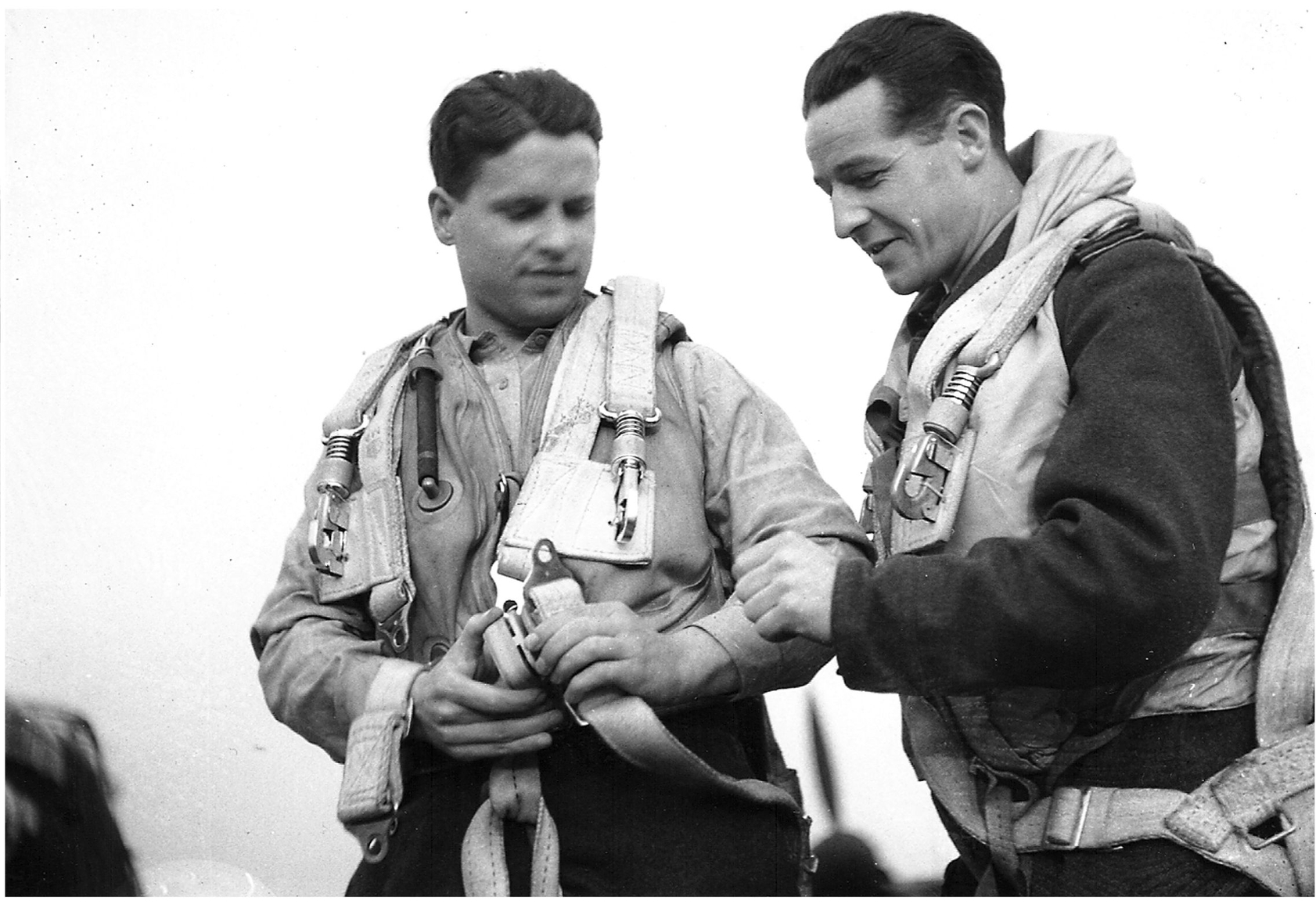

Three 617 Squadron stalwarts posing in front of a Lancaster at Scampton during July 1943. On the left is P/O Bunny Clayton, one of a number of new pilots posted in to 617 Squadron to replace those lost on Operation Chastise . He arrived from 4 Groups 51 Squadron on July 2nd, the same day that S/L George Holden was posted in also from 4 Group as Gibsons intended successor. Clayton would remain with the squadron for twelve months, completing a distinguished second tour. He undertook his final operation on the 25th of June 1944 against a V-Weapon storage site at Siracourt in France, and was posted to 1663 Conversion Unit on July 22nd, by which time he had advanced to the rank of Flight Lieutenant. In the centre is S/L David Maltby, a squadron original, whos Upkeep had sealed the fate of the Mhne Dam. Before arriving at Scampton he had served with 97 Squadron at Woodhall Spa. A Flight Lieutenant during the dams period, Maltby was promoted to the rank of Squadron Leader to fill one of the two flight commander posts left vacant by the loss of Young and Maudslay during Chastise . Sadly Maltby would not survive the war, unlike F/L Harold Mick Martin standing to his left. Martin was an Australian and another 617 Squadron original, who had previously served with 455 Squadron RAAF and 50 Squadron. He would take temporary command of 617 Squadron during its second rebuilding following the disaster of the Dortmund-Ems Canal operation in September 1943, and in 1944 would join 515 Squadron in 100 Group to operate as a Mosquito night fighter pilot hunting down Luftwaffe night fighters.

